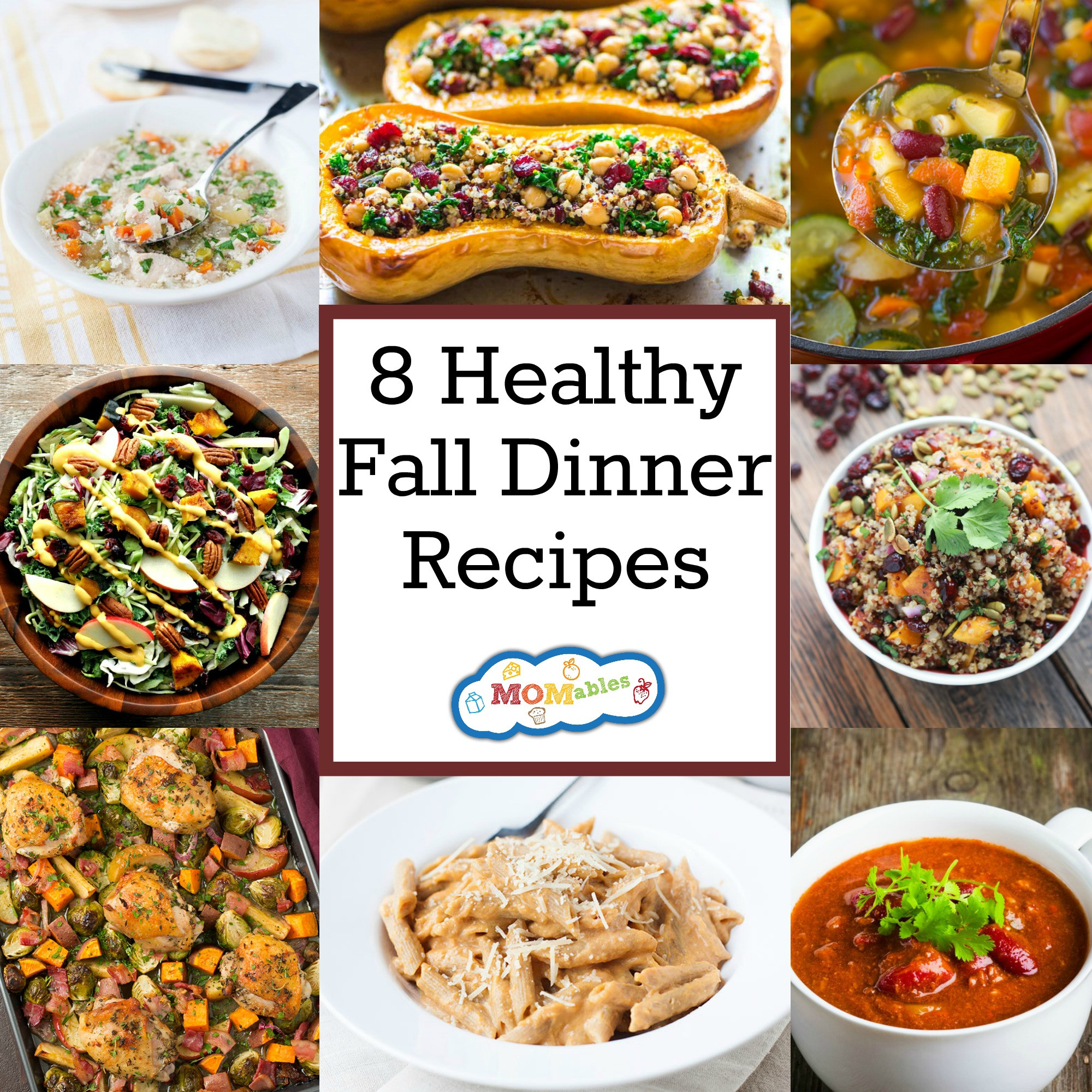
The exciting thing about spaghetti squash is that it can be prepared in a myriad of ways - with pesto, tomato sauce, butter, and sage, for example. An orange-yellow vegetable, spaghetti squash is rich in beta carotene, a powerful plant compound that can protect cells from the damage of environmental stressors.

Spaghetti squash is an excellent alternative to pasta if you are gluten-free or looking for a slightly lighter carbohydrate option. Spaghetti squash looks intimidating to prepare but, once you slice it open and scoop out the meat of the squash, it’s easy to prepare. Put the pan back in the oven for another 12-13 minutes or until the salmon is cooked to your liking.Season the salmon with salt, pepper, 1 teaspoon garlic powder, and 1/2 teaspoon dried oregano (or your favorite spices).At the 12-minute mark, flip the veggies and add two salmon filets to the pan.On a sheet pan, season one peeled and sliced acorn squash, 1/2 cup of halved brussels sprouts with 1 tablespoon of oil, and salt and pepper. Between the omega-3 fatty acids from the salmon, the protective plant compounds from the brussels sprouts, and the nutrients in acorn squash, this easy meal is a nutrient powerhouse. In addition to being tasty and easy to cook, acorn squash is rich in minerals, such as potassium and magnesium, and brussels sprouts are a cruciferous vegetable that helps protect against oxidative stress and chronic disease. Acorn squash and brussels sprouts are two seasonal vegetables that taste wonderful when roasted in the oven. The American Heart Association recommends consuming at least two servings of fatty fish per week. The omega-3 fatty acids, EPA and DHA, are necessary for overall health and well-being - and salmon is an excellent way to consume them. (Related: Dietitian-approved High Protein Snacks To Eat After a Workout) A sheet pan meal that includes salmon (which contains protein and healthy fats), acorn squash, and brussels sprouts (both carbohydrates) consists of every food group and macronutrient needed to promote satiety. There is nothing better than making a nutritious meal with minimal dishes to clean up afterward. Serve over rice and with a side salad.Ī sheet pan meal is something that everyone should consider having in their arsenal of healthy fall recipes. Cook until chicken reaches 165 degrees F.Ginger, garlic, and onion make excellent optional additions Add chicken breasts or thighs, ground turmeric, black pepper, salt, broth, and coconut milk to a pot, slow cooker, or pressure cooker.Optional sides: Cooked rice or a side salad.Optional ingredients: Fresh or dried ginger, garlic, onion.Pair this dish with wild rice for a nutrient-dense source of carbohydrates, and enjoy it with a side salad to make it a balanced meal. In addition to having antioxidant and anti-inflammatory properties, curcumin has been studied for its use in depression treatment. Curcumin is the active ingredient in the turmeric plant, which is responsible for all of the health benefits.

Some helpful information on the ingredients: Turmeric is a bright yellow spice known for its anti-inflammatory benefits. When made in bulk, it can be enjoyed throughout the week.

Easy to freeze and reheat, this dish is a great one to make on a Sunday evening. This dish can be made quickly in an electric pressure cooker, throughout the day in a slow cooker, or for roughly 60 minutes on the stove. Nothing warms the body on a chilly evening like a turmeric stew. These seasonal fall dishes are all rich in nutrients and flavor to keep you feeling well all season long. When food is harvested and purchased locally, more nutrients are retained compared to when produce is harvested early and then transported across the country on a truck.

Shopping locally also means less transportation is needed to get food to you, which not only means fewer emissions but it also means more nutrient-dense food. If it’s accessible to you, shopping at a local farmers market or farm stand makes it easier to lean into a variety of produce, based on what’s currently available. During autumn and winter, root vegetables and hearty leafy greens enter the scene to help keep the body warm and nourished as temperatures increasingly become more brisk.Įating seasonally is one of the best ways to support your health - and the health of the planet. Having a collection of tasty, healthy fall recipes at your disposal can help you and your household stay satiated.įor additional context, the produce that’s in season during the summer months often has a high concentration of water, which helps the body regulate temperature and stay cool in the heat. As the temperature drops, foods that become “in season” can keep you satisfied.


 0 kommentar(er)
0 kommentar(er)
